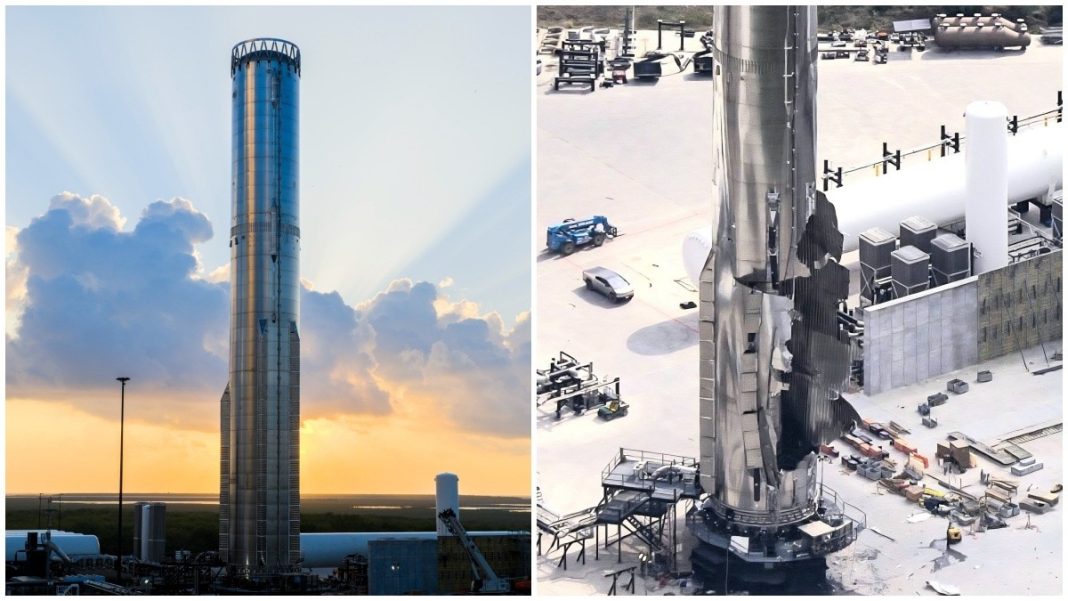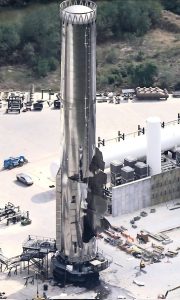Key Takeaways
- SpaceX’s Starship Super Heavy Booster 18 was severely damaged in a ground test explosion
- The incident occurred during pressure testing with no injuries reported
- This represents a significant setback for SpaceX’s Block 3 upgrade schedule
A powerful explosion rocked SpaceX’s South Texas facility on Friday, severely damaging a next-generation Starship Super Heavy booster during ground testing. The incident represents a major setback for Elon Musk’s ambitious rocket development program.
What Happened During the Test
The vehicle, designated Booster 18 and representing SpaceX’s first upgraded “Block 3” or V3 Starship booster, was undergoing routine gas-system pressure testing at the Massey test site near Starbase when its massive liquid oxygen tank ruptured.
Independent livestream footage captured the dramatic moment at approximately 4:04 a.m. local time, showing the lower section of the 70-meter-tall booster suddenly crumpling and partially disintegrating. The explosion sent debris and gas plumes billowing from the test stand.
Remarkably, despite the violent nature of the event, the 20-story rocket remained upright. Post-incident images revealed extensive damage including a gaping hole in the liquid oxygen tank and severe structural compromise to the aft section.
SpaceX’s Response and Investigation
SpaceX officially confirmed that Booster 18 “suffered an anomaly during gas system pressure testing” ahead of planned structural proof tests. The company emphasized that no propellant was loaded, no Raptor engines were installed, and all personnel maintained safe distance protocols, resulting in no injuries.
Early analysis from both SpaceX and independent experts indicates the failure likely originated from a composite overwrapped pressure vessel (COPV) containing high-pressure gas inside one of the booster’s chines. This appears to have triggered a chain reaction that culminated in the main liquid oxygen tank rupture.
They was a likely failure of a composite overwrapped pressure vessel. (Photo: X/@_Testflight_)
Impact on SpaceX’s Schedule
Booster 18 was the first next-generation Starship booster intended to support Flight 12 and help commission SpaceX’s new Pad 2 infrastructure at Starbase. The loss represents a significant blow to the Block 3 upgrade schedule.
With the vehicle now likely beyond repair for flight operations, industry analysts expect Starship’s next test launch and the debut of the V3 architecture to be delayed until a replacement booster, potentially Booster 19, can be manufactured and transported to the launch pad.
SpaceX maintains that rapid testing, including occasional failures, remains central to their development philosophy as they iterate toward a fully reusable super-heavy-lift system. This technology is considered critical for expanding Starlink services, enabling deep-space missions, and fulfilling NASA’s Artemis lunar lander requirements.





